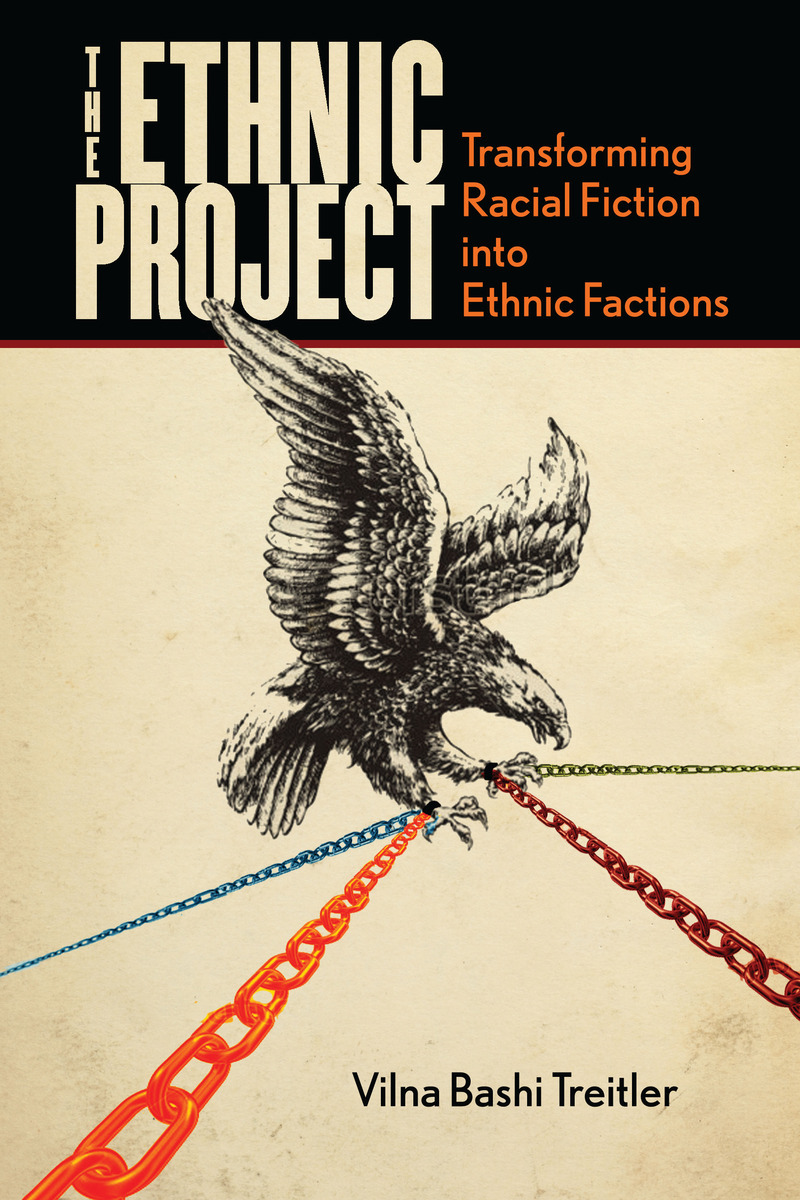Book Review: Land of the Cosmic Race: Race Mixture, Racism and Blackness in MexicoPosted in Anthropology, Articles, Book/Video Reviews, Caribbean/Latin America, Media Archive, Mexico, Social Science on 2013-09-09 04:08Z by Steven |
Book Review: Land of the Cosmic Race: Race Mixture, Racism and Blackness in Mexico
LSE Review of Books
London School of Economics
2013-08-30
Zalfa Feghali, Editorial Assistant
Journal of American Studies
Land of the Cosmic Race is a richly-detailed ethnographic account of the powerful role that race and colour play in organizing the lives and thoughts of ordinary Mexicans. It presents a previously untold story of how individuals in contemporary urban Mexico construct their identities, attitudes, and practices in the context of a dominant national belief system. Carefully presented and self-consciously written, this is an excellent book for anyone with an interest in how Mexican racial politics can be seen to operate on the ground, finds Zalfa Feghali.
Land of the Cosmic Race: Race Mixture, Racism, and Blackness in Mexico. Christina A. Sue. Oxford University Press. March 2013.
One prevailing fact of studying race in the Americas is that the discussion almost always turns to the US as a reference point. Studies of racial dynamics in the Americas are—obviously—rich, necessary, and often sidelined in favour of these more popular ways of thinking about race. Christina A. Sue’s Land of the Cosmic Race: Race Mixture, Racism and Blackness in Mexico attempts to redress this imbalance by complicating and problematising the dynamics of racial mixture in Mexico. Primarily an ethnographic study, this book offers new ways of thinking about race studies in the Mexican context.
The book’s title, which Sue discusses but doesn’t fully unpack, is taken from a provocative work by Jose Vasconcelos, The Cosmic Race, published in 1925. Vasconcelos’ views on mestizaje—racial mixture—are key to understanding the dominant ideological logic behind Mexico’s national(ist) relationship with race. In The Cosmic Race, Vasconcelos sees the vast potential of (specifically) Mexicans as mestizos, and lauds them for their mestizo/a (mixed race, specifically Spanish and Indigenous) character. Significantly, he also casts the mestizos as the first stage in the creation of a new, cosmic race that will eventually take on characteristics and subsume the genetic streams of “all the races.” According to his logic, this cosmic race would take on the best or most desirable traits from each respective race and eventually lines between the “original” races will blur to the point that any one individual’s “racial heritage” would be completely indistinguishable from another’s, thus becoming the ultimate mestizo/a (something akin what some might now call a post-ethnic or post-racial world)…
Read the entire review here.

